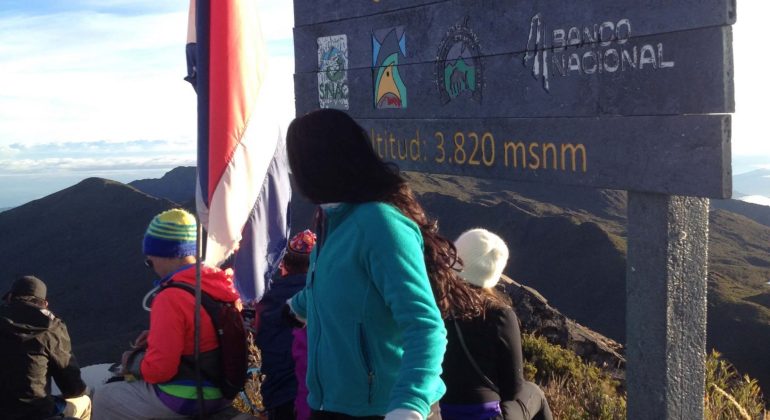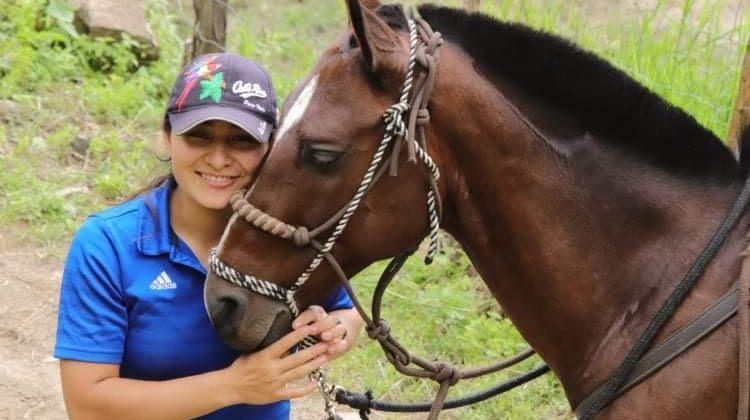
Why should you avoid wearing cotton clothing on Cerro Chirripó?
Why not wear cotton clothing on Cerro Chirripó and other Mountains? If you’re planning a hike on Cerro Chirripó, choosing the right clothing is essential. Although many people think cotton is a good option, the reality is that it can be dangerous during the hike. In this blog, we will explore why you should avoid wearing cotton clothing on Cerro Chirripó and other mountains, and what alternatives are the most recommended. The Lack of Breathability in Cotton One important factor to consider is that cotton is not a breathable material. This means it doesn’t effectively wick away sweat. By absorbing moisture and retaining it, cotton takes a long time to dry, which can cause discomfort during the hike. Additionally, if temperatures suddenly drop, as often happens when ascending the mountain or reaching Base Crestones, wet clothing can quickly cool the body and increase the risk of hypothermia. For this reason, it is crucial to opt for clothing made from technical materials like polyester, nylon, or merino wool. Advantages of Technical Materials for Hiking Technical fabrics offer multiple benefits: Breathability: They efficiently wick away moisture, keeping you dry and comfortable. Quick Drying: Ideal for changing mountain conditions. Extra Protection: Many garments provide wind and UV protection. Durability: Resistant to abrasion, perfect for demanding trails. Moreover, it is recommended to use the layering system to maximize comfort and protection: Base Layer: A polyester or merino wool shirt to wick away sweat. Mid Layer: A fleece or technical sweater to retain heat. Outer Layer: A waterproof or windproof jacket to protect from wind and rain. The Importance of UV Protection Due to Cerro Chirripó’s altitude, sun exposure is much more intense. Cotton clothing does not offer adequate protection against UV rays, leaving the skin vulnerable to sunburns. In contrast, many polyester or technical hiking garments are designed with built-in UV protection, helping to protect your skin during the trek. Resistance and Durability Another key factor is the durability of the materials. Cotton clothing is more prone to abrasion and can tear easily. On the other hand, technical fabrics, such as polyester, are designed to withstand the harsh conditions of the mountain, offering greater durability and resistance. In summary, choosing the right clothing is crucial to ensure a safe and comfortable experience when hiking Cerro Chirripó. Cotton clothing is not recommended due to its lack of breathability, moisture retention, low UV protection, and lower resistance. Instead, garments made from polyester, merino wool, or other technical materials are much safer and more functional options. Remember, proper preparation includes selecting the right clothing for your adventure. This way, you can fully enjoy the nature and magic of Chirripó. Lastly, we share a video with more recommendations for hiking Cerro Chirripó, which will undoubtedly be very helpful. We also invite you to visit our blog for more tips and practical advice. What to bring to Cerro Chirripó?

First female porter of Chirripó
First Female Porter of Chirripó: The Inspiring Story of Karen Garita Today, we are proud to share the story of a remarkable woman who, at just 22 years old, made history by becoming the first female porter at Chirripó National Park. Karen Garita, from San Gerardo de Rivas, achieved this incredible milestone in 2021, and her journey is one of hard work, perseverance, and breaking barriers. The essential role of porters in Chirripó Porters play a vital role in the daily operations of Chirripó National Park,. They transport essential supplies, such as food, materials, and luggage, for both tourists and park rangers. This physically demanding job requires great endurance, as porters carry heavy loads along the rugged trails. Additionally, it provides a vital source of employment for over 60 local families in the region. Karen’s motivations: Why she became a porter? For Karen, her decision to become a porter stemmed from a combination of motivations. Primarily, she wanted to improve herself both spiritually and professionally. In addition, she sought a job she was passionate about while also needing an extra source of income alongside her family’s agricultural work. Karen’s love for horses began at just 13 years old, and this passion pushed her to pursue this challenging path with determination. A day in the life of a porter A typical day for a porter begins long before dawn. At midnight, porters start by preparing the horses on local farms. By around 2:00 a.m., they set off on their journey toward the Base Crestones shelter. After a long hike, they reach their destination at approximately 6:00 a.m., where they unload the supplies, take a break for breakfast, and prepare for the next phase of their day. The workday ends around 10:30 a.m., when they return home after a long and physically demanding morning. A powerful message for women Karen shared an inspiring message for all women who might face obstacles in their paths:“I don’t believe it’s a matter of gender, but rather of willpower and effort. Stay strong, and fight to reach your goals with determination and courage.” Being the first female porter in Chirripó fills Karen with immense pride. She is honored to be part of a team that has worked tirelessly and with great dedication for many years. Her message is clear: gender is not a barrier to success; effort and passion are what truly matter. A tribute to Karen’s hard work and dedication We are incredibly proud of Karen’s achievements and the challenge she has taken on. Her journey is a testament to the strength and resilience of women everywhere. We are confident that she will continue to reach new heights in both her personal and professional life. Moreover, we want to express our deepest gratitude to all the porters who, like Karen, work hard to keep Chirripó National Park running smoothly every day. Their tireless efforts ensure that visitors can enjoy this incredible natural wonder. We encourage you to leave a message of support and encouragement for Karen, as she continues to break barriers and chase her dreams.
